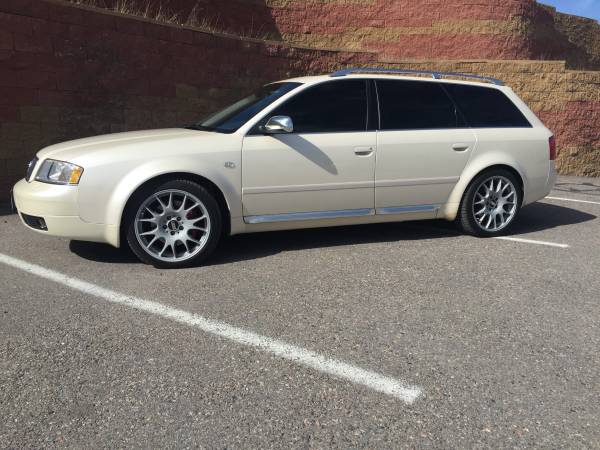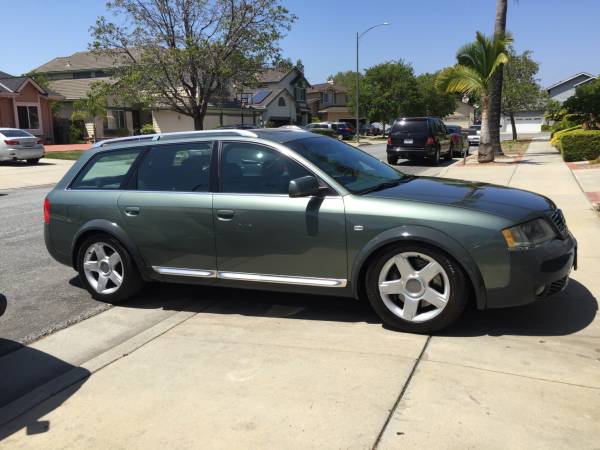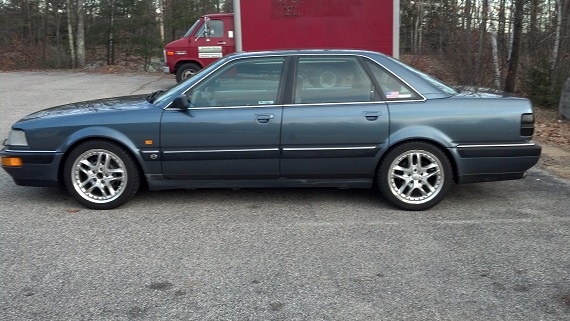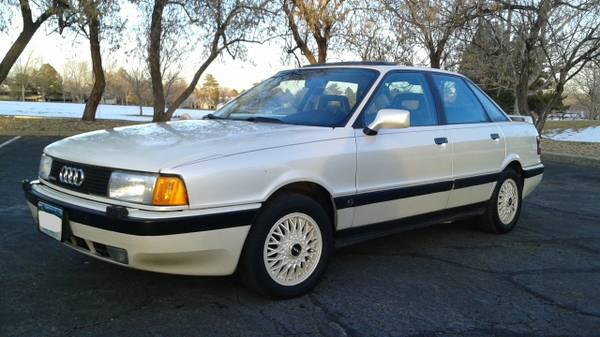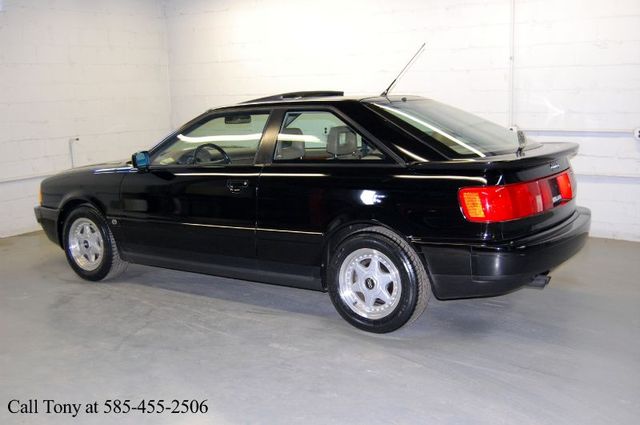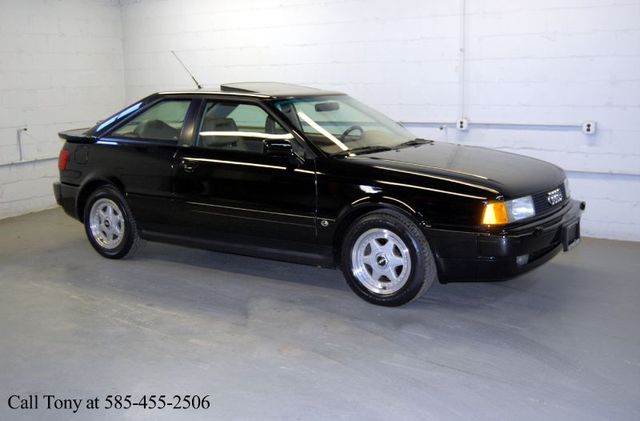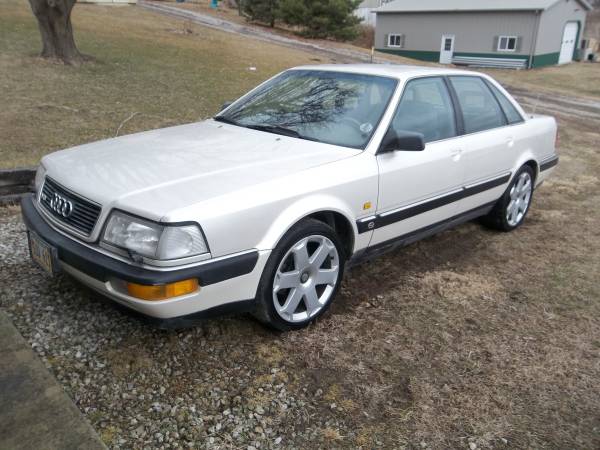We’ve recently had a good string of Audi Avants up here, including a rare converted 6-speed S6 Avant. Oddly, as several people noted we’ve seen a fair amount of these converted V8 cars come up for sale quickly after the conversion. Economically, that doesn’t make much sense; if selling was your goal, replacement with a used automatic would likely be a better route than going through the expensive swap. What’s even more perplexing is that the similar 01E-equipped allroad V6 2.7T (and its running mate B5 S4 Avant 6-speed) are highly sought and loved cars. So I brought two together today in rare color combinations; if you were going to pick a C5 Avant, which is the one you’d go for?
Tag: Torsen
For me, it’s been a week of some unappreciated cars, and the Audi Coupe Quattro ranks up there as one of the most unappreciated Audis. But unlike the wild turbocharged wonders that were available in the rest of the world, the U.S. market received only the 7A inline-5 20 valve motor. Basically, it was a 16V Volkswagen motor with one more cylinder; with a 7,200 rpm redline, the sonorous 5-pot put out a respectable 164 horsepower. That wasn’t much less than the E30 M3 had and matched U.S. bound turbocharged Quattros – but the power delivery was such that the car didn’t feel fast off the line, and the weight didn’t help. The B3 was hefty, saddled with improved safety options like PROCON-10, anti-lock brakes and a stronger platform, it was also decidedly more luxury oriented with electric seats, sunroof, windows, air conditioning and even an electronic lock for the differential in the rear. It was the 1980s Audis all grown up, but the impression left in many enthusiast’s mouths was that it was a bit soft and a bit slow. Ironically, the 7A even gained a bad reputation amongst enthusiasts as an underpowered unit that lacked torque – but a look at the original power numbers prove it was the most powerful of the non-turbo, non-V8 cars Audi offered at the time. 1992 would see a switch to the B4 platform with the V6 power unit and the end of B3 production; slow sales and a high price meant the Coupe Quattro was removed from the U.S. bound lineup after only a reported 1,500 made it here. Despite their perceived lack of sport, the legendarily stout Coupe Quattros served many of their owners well and many are still kicking around. Only one, though, is in the condition of today’s example:
